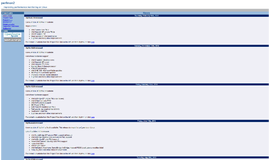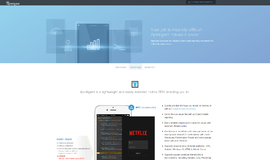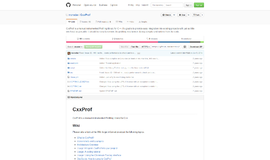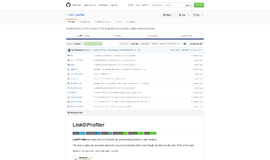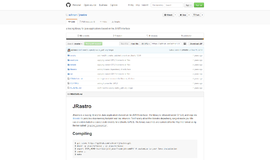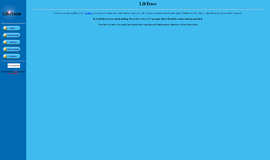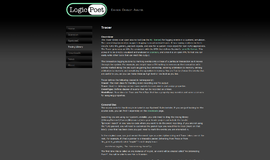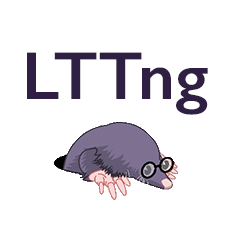
What is it all about?
LTTng is an open source tracing framework for Linux.
Key Features
* System-wide insight - LTTng allows to understand the interactions between multiple components of a given system, i.e.: ◾ The Linux kernel, using either already available or user-defined instrumentation points ◾ C/C++ applications ◾ Java applications ◾ Python applications ◾ Any other user space application using the LTTng logger. Tracing all those components with LTTng will produce a unified log of events, providing great insight into the system's behavior. * High performance - LTTng is designed from the ground up to provide low overhead tracing on production systems. This is achieved by using techniques such as per-CPU buffering, RCU data structures, a compact and efficient binary format (the Common Trace Format), etc. LTTng disturbs the traced system as little as possible in order to make tracing of subtle race conditions and rare interrupt cascades possible. On platforms where resources are limited, such as some Linux embedded systems, LTTng can be used out of the box to help developers pinpoint the sources of hard-to-debug issues. * Flexible - Whether your target is a small embedded system or a large cloud, LTTng provides flexible configuration options that can accommodate the system's workload. Architectures such as x86, PowerPC, ARM and MIPS are supported, amongst others. LTTng's tracing session mechanism makes it possible to record multiple traces concurrently with different configuration options. Each user may create and configure as many tracing sessions as needed. Depending on your specific scenario, you may wish to: ◾ Trace locally: record a trace to the target's local filesystem, then use one of the many compatible viewers to investigate what happened. ◾ Trace remotely: send trace data over the network. ◾ View a live stream: monitor events as they occur, in real-time. ◾ Take a snapshot: when desired, keep only a fixed-sized log of the latest events. ◾ Keep ring buffers' shared memory on a persistent memory file system. * Easy - As LTTng is packaged for all major Linux distributions, installing it is done through package managers. A single tool, the lttng command line interface, is used to control the whole framework. Multiple ways to view and analyze the traces produced by LTTng exist: GUI, CLI tools, and custom scripts.
Compare Products
Select up to three two products to compare by clicking on the compare icon () of each product.
{{compareToolModel.Error}}



